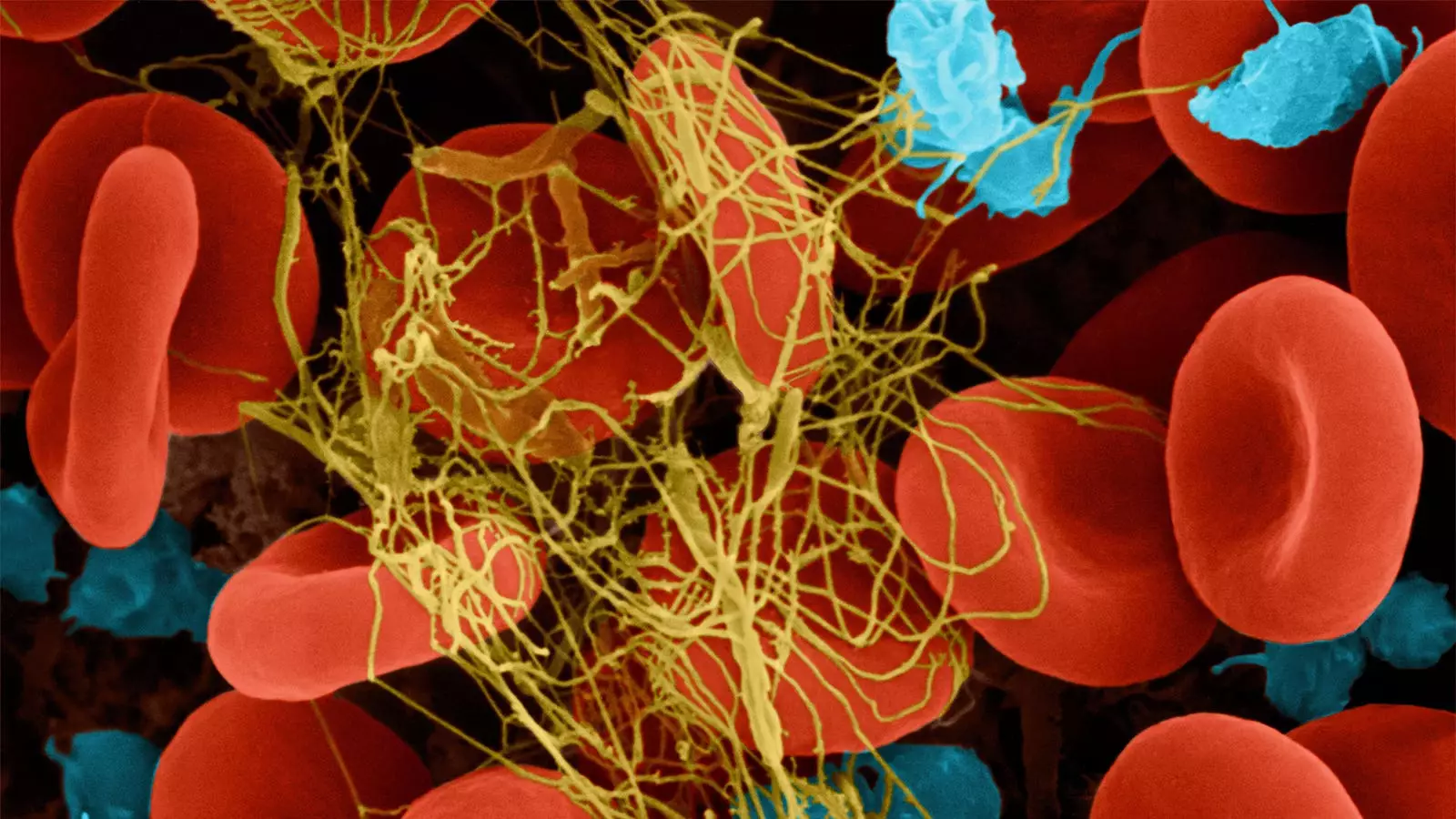Hemophilia B, characterized by a deficiency in clotting factor IX, has long plagued patients with severe limitations on their activity due to the risk of uncontrolled bleeding. Traditional therapies largely involve regular intravenous infusions of factor IX, which, while effective, do not provide a definitive cure and must be administered consistently throughout a patient’s life. The recent results from the pivotal BENEGENE-2 trial highlight a transformative shift in the treatment landscape for hemophilia B driven by innovative gene therapy approaches, namely fidanacogene elaparvovec, a promising contender for long-term management.
The BENEGENE-2 trial, involving a cohort of 45 men with hemophilia B, aimed to evaluate the long-term efficacy and safety of fidanacogene elaparvovec, a gene therapy that allows for the production of the FIX-R338L variant of factor IX. The study’s findings are significant: nearly 75% of patients were able to discontinue their prophylactic factor IX therapy without witnessing an increase in bleeding episodes. This monumental decrease in bleeding incidents—71% for total episodes and an impressive 78% for treated episodes—marks a critical milestone for gene therapy.
Lead investigator Adam Cuker and colleagues shared their findings in the New England Journal of Medicine, where they reported that patients experienced a drastic reduction in their annualized bleeding rates—from an average of 4.42 episodes to only 1.28 at the 15-month mark. The results not only met but exceeded the predetermined criteria for noninferiority when compared to conventional prophylactic methods.
Effectiveness and Durability
The durability of the treatment was underscored by the sustained factor IX levels observed in the participants. Over 80% of those in the trial maintained their levels within the mild-hemophilia range for a period spanning 15 to 24 months, which suggests that the gene therapy not only provides immediate benefits but also long-term control of the bleeding phenotype. In context, achieving stable factor IX levels is pivotal as it correlates with improved hemostatic competence, thus drastically reducing the need for regular factor IX infusions.
The therapy’s efficacy extends beyond mere statistics; it possesses profound implications for the quality of life of hemophilia B patients. The burdens associated with routine infusions and the psychological toll of living under the specter of bleeding crises may be alleviated, enabling individuals to partake more freely in daily activities and achieve a semblance of normalcy.
An Evolving Treatment Paradigm
Gene therapy represents a paradigm shift in hemophilia management. Traditionally, the standard of care involved episodic treatment, leading to challenges surrounding both the psychological burdens of ongoing disease management and the potential long-term complications associated with frequent factor IX administration, such as joint damage from repeated bleeding episodes. The introduction of gene therapies like fidanacogene elaparvovec positions itself as a viable alternative to conventional therapies, offering a potentially once-in-a-lifetime treatment rather than a lifetime of regular infusions.
Furthermore, the FDA’s earlier approval of etranacogene dezaparvovec (Hemgenix), the first gene therapy for hemophilia B, sets the stage for a new standard in treatment. Fidanacogene elaparvovec’s single infusion therapy uses an adeno-associated virus vector to facilitate the expression of the FIX-R338L variant, effectively altering the patients’ capability to produce the factor IX clotting agent naturally and allowing for enhanced hemostatic function.
Despite the promising efficacy data, it is essential to consider the safety profile of gene therapies. In the BENEGENE-2 study, adverse events were aptly monitored, with no serious infusion-related complications, no thrombotic events, and no malignancies. Robust safety protocols, including glucocorticoid treatments for mild elevations in liver enzymes and decreases in factor IX levels, were implemented, highlighting the need for ongoing vigilance in managing these therapies.
The findings affirm that fidanacogene elaparvovec not only presents a considerable benefit-risk profile when compared to traditional therapy approaches but also serves as a harbinger of the future of hemophilia treatment.
The BENEGENE-2 trial results herald a new era for individuals with hemophilia B, promising an escape from the cycle of frequent infusions and associated risks. With the ability to sustain Factor IX activity and significantly reduce bleeding episodes, gene therapy offers both practical and psychological advantages. The ongoing advancements in gene therapy represent hope for a future where hemophilia management is no longer synonymous with limitation, but rather with liberation and enhanced quality of life.


Leave a Reply